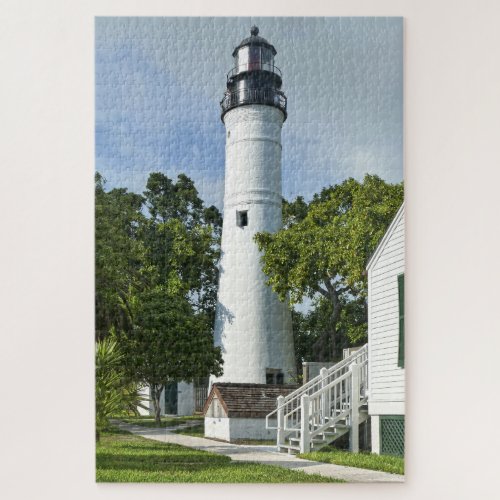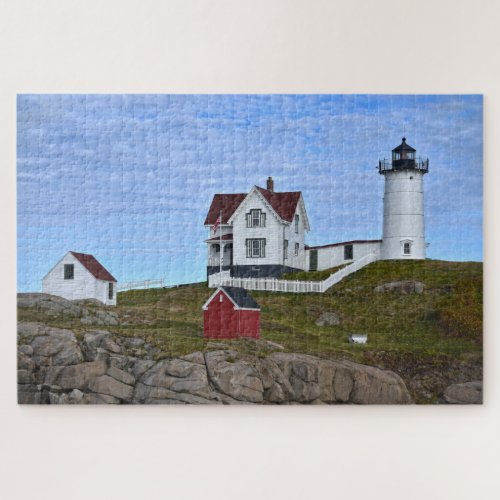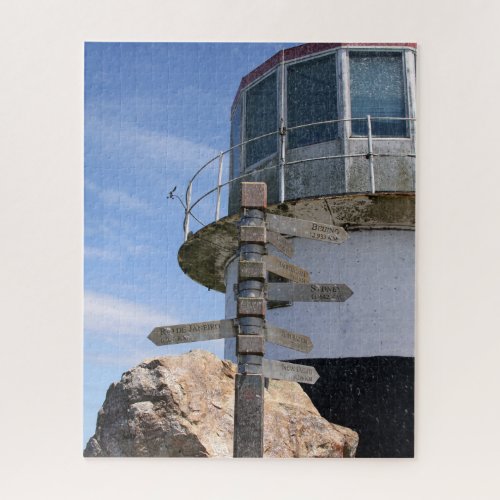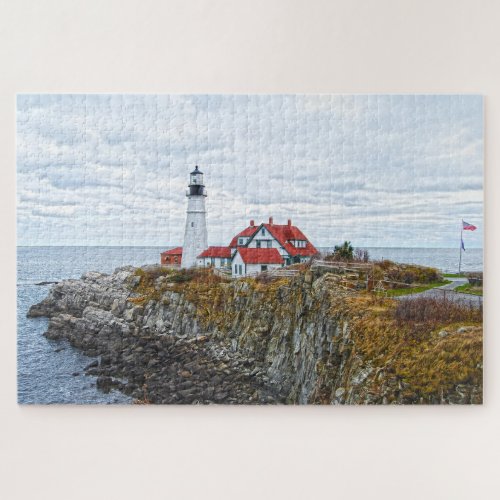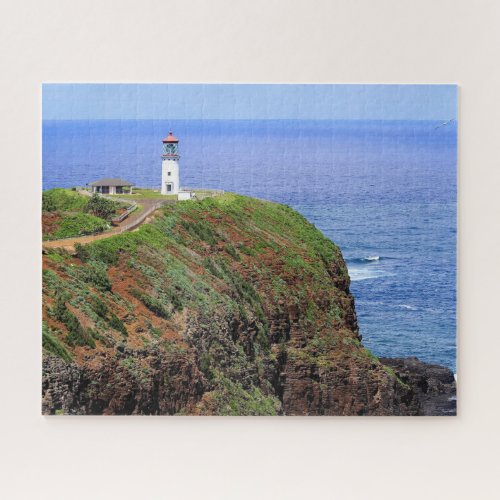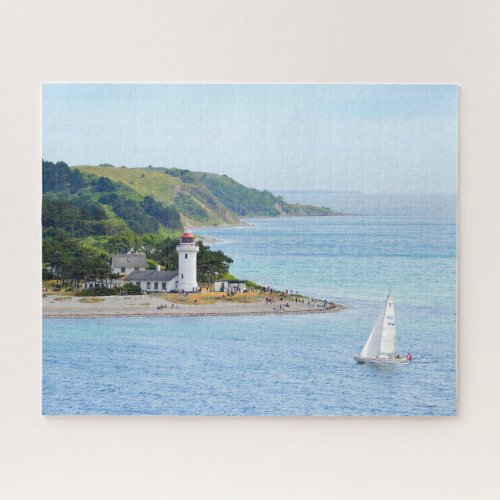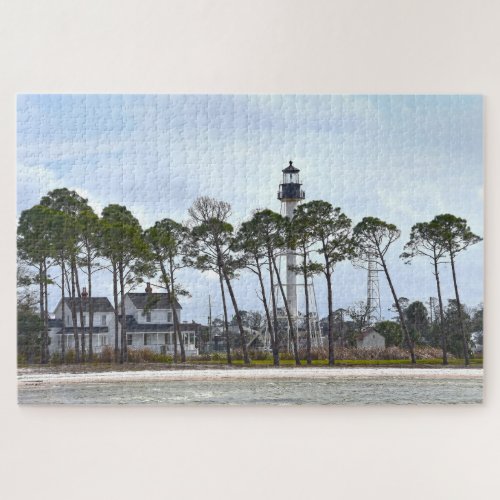
These taro fries from Tropical Taco in Hanalei, Kauai, were delicious!
Taro, known in the Hawaiian language as kalo, is the Hawaiian people’s most important crop. They brought it with them in their voyaging canoes when they migrated to the Hawaiian islands at least by 1,000 A.D. and possibly as early as 200 A.D. Kaua’i was the first inhabited Hawaiian island and is where most of Hawaiian taro is grown today. Seventy percent of the taro is grown in Hanalei River Valley, which includes the 917-acre Hanalei National Wildlife Refuge. The 917-acre refuge was established in 1972 to provide nesting and feeding habitat for endangered Hawaiian water birds, including the Hawaiian duck (koloa maoli), coot (‘alae ke’oke’o), moorhen (‘alae ‘ula), and stilt (ae’o).
The Hanalei River was designated an American Heritage River on July 30, 1998. The major bridge across the river (still one lane) is on Hawaii Route 560, which is listed on the National Register of Historic Places in Hawaii. When you’re waiting to cross the bridge to the town of Hanalei, you can see the taro fields beyond.

A taro field in the Hanalei National Wildlife Refuge in northern Kauai.

A tractor prepares a taro field in the Hanalei River Valley.

Water flows from a taro field in Limahuli Garden in northern Kauai. The rock walls you can see in the background are part of an important archeological site and are about 700 years old.

The rock walls surrounding the taro fields are estimated to be about 700 years old in the Limahuli Tropical Botanical Garden in north Kauai west of Hanalei. The rock walls were part of an irrigation system that diverted some water from the Limahuli River to grow taro.

I’ve never eaten a McDonald’s pie before, but we couldn’t resist trying this taro version at a McDonald’s in Lihue, Kauai. It tasted like pineapple, which was likely an added flavor, because our taro fries didn’t taste like pineapple. Anyway, it wasn’t bad for a fried fast food pie.

You can see the taro fields on either side of the Hanalei River. This is also a wildlife refuge.

Limahuli Garden and Preserve in northern Kauai.

Terraced taro fields are in the Limahuli Garden and Preserve. The rock walls you can see in the background are part of an important archeological site and are about 700 years old.

Here are some traditional Hawaiian foods, including taro, dried coconut and dried fish. We tried these foods at a Hawaiian ceremony in a park on the Kona Coast of the Big Island on February 2011.
About Poi, Poi to the World.
Wikipedia: About Taro.
Here’s an excerpt about taro in Hawaii from the Wikipedia Entry for Taro: In Hawaii, taro, or kalo in the Hawaiian language, is a traditional form of food sustenance and nutrition, known from ancient Hawaiian culture. The contemporary Hawaiian diet consists of many tuberous plants, particularly sweet potato and taro. Some of the uses for taro include poi, table taro, taro chips, and luau leaf. In Hawaii, taro is farmed under either dryland or wetland conditions. Taro farming in the Hawaiian islands is especially challenging because of difficulties in accessing fresh water. Taro is usually grown in pondfields known as loʻi in Hawaiian. Cool, flowing water yields the best crop. Typical dryland or upland varieties (varieties grown in watered but not flooded fields) in Hawaii are lehua maoli and bun long, the latter widely known as Chinese taro. Bun long is used for making taro chips. Dasheen (also called “eddo”) is another “dryland” variety of C. esculenta grown for its edible corms or sometimes just as an ornamental plant.
The Hawaii Agricultural Statistics Service puts the 10-year median production of taro in the Hawaiian Islands at about 6.1 million pounds (2,800 t; Viotti, 2004). However, 2003 taro production in Hawaii was only 5 million pounds (2,300 t), an all-time low (record keeping started in 1946). The previous low, reached in 1997, was 5.5 million pounds (2,500 t). Despite generally growing demand, production was even lower in 2005: only 4 million pounds, with kalo for processing into poi accounting for 97.5%. Urbanization has driven down harvests from a high of 14.1 million pounds (6,400 t) in 1948, but more recently the decline has resulted from pests and diseases. A non-native apple snail (Pomacea canaliculata) is a major culprit in the current crop decline. Also, a plant rot disease traced to a newly identified species of the fungal genus Phytophthora now plagues crops throughout the state. Although pesticides could control both pests to some extent, pesticide use in the pondfields is barred because of the clear opportunity for chemicals to quickly migrate into streams and then into the ocean.
Important aspects of Hawaiian culture revolves around taro cultivation and consumption. For example, the newer name for a traditional Hawaiian feast, luau, comes from the taro. Young taro tops baked with coconut milk and chicken or octopus arms are frequently served at luaus. Also, one cannot fight when a bowl of poi is open. By ancient Hawaiian custom, it is considered disrespectful to fight in front of an elder. One should not raise the voice, speak angrily, or make rude comments or gestures. An open poi bowl is connected to this concept because Haloa (Taro) is the name of the first-born son of the parents who begat the human race. The ancient Hawaiians identified so strongly with taro that the Hawaiian term for family, `ohana, is derived from the word `oha, the shoot or sucker which grows from the taro corm. As young shoots grow from the corm, so people grow from their family.

